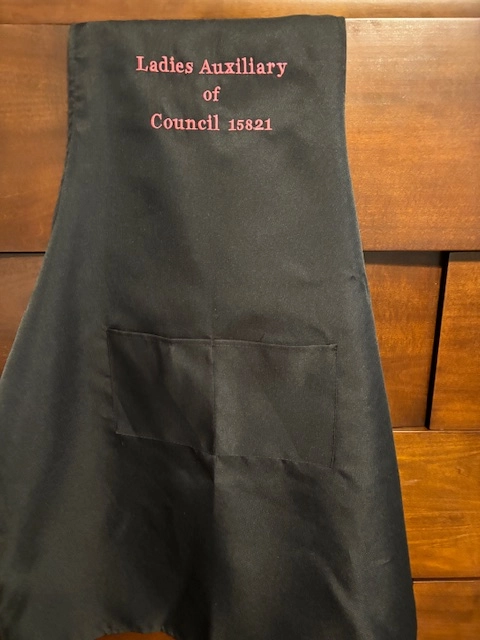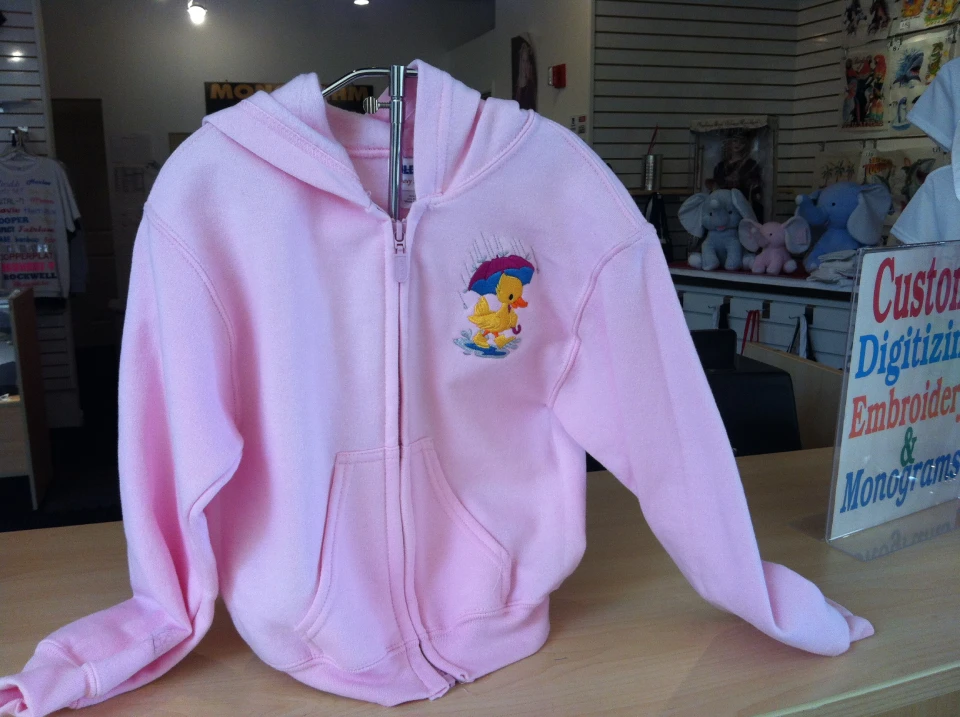The Art of Customized Needlework: Opening the Secrets to Creating Unique and Unforgettable Designs
Needlework, a craft soaked in practice and virtuosity, holds within its intricate stitches the power to transform textile into a canvas of distinct expression. The tricks to producing custom-made embroidery styles that mesmerize the eye and leave an enduring impact hinge on a fragile equilibrium of strategy, creative thinking, and focus to information. As we dive right into the globe of custom needlework, we reveal the nuanced interaction between string choice, stitch complexity, and layout customization that raises a plain garment to a masterpiece. Join us on a trip with the art of customized embroidery as we unravel the secrets behind crafting really memorable and distinctive productions.
Choosing the Right Needlework Threads
When picking embroidery threads, what vital elements should you think about to make certain the ideal outcomes for your personalized styles? The choice of embroidery string is crucial in determining the final end result of your embroidered design.
Additionally, the weight or thickness of the string plays a significant role in the appearance of the embroidery. Thicker threads can add measurement and appearance to your design, while finer strings are suitable for complex information and little message. Additionally, thinking about the color fastness and washability of the thread is essential to ensure that your custom styles keep their top quality and vibrancy gradually. By very carefully assessing these elements and selecting top quality threads that fulfill your certain demands, you can enhance the aesthetic charm and long life of your stitched developments.
Checking Out Various Stitch Techniques
To look into the world of 'Checking out Various Stitch Methods', one need to understand the complexities and subtleties that each stitching method brings to the art of needlework. Various stitch methods not only add aesthetic interest yet also add to the total texture and measurement of the design. One prominent stitch strategy is the satin stitch, which includes closely jam-packed parallel stitches to develop a smooth and shiny surface, perfect for filling out shapes and developing bold details.
On the various other hand, the backstitch is a versatile strategy usually used for describing and including great details. It includes sewing backward to develop a solid line of embroidery. Furthermore, the French knot stitch adds a responsive element to designs, ideal for producing distinctive accents like blossom facilities or attractive touches.
Exploring different stitch techniques permits embroiderers to play with light, shadow, and deepness within their layouts, boosting the aesthetic charm and imaginative top quality of their needlework projects. By mastering various sewing techniques, one can open limitless opportunities for developing one-of-a-kind and remarkable custom embroidery pieces.
Incorporating Personalized Layout Aspects
Having actually explored the intricacies of different stitch methods such as the satin stitch, backstitch, and French knot, the focus currently moves towards including customized style elements in personalized embroidery projects. Individualized style aspects play an important role in making needlework projects genuinely distinct and unforgettable.
Another means to incorporate tailored style components is by consisting of signs or concepts that hold special definition to the recipient or show their interests and personality. As an example, incorporating a preferred blossom, animal, or hobby-related icon can make the needlework layout much more purposeful and customized. In addition, choosing colors that reverberate with the recipient or align with the desired style can further enhance the personalization of the embroidery task.
Mastering the Art of Shade Coordination

One key facet of shade control is comprehending shade theory. This includes recognizing how various shades interact with each various other, the feelings they convey, and exactly how they can be integrated to create aesthetically enticing designs. By applying shade theory concepts, embroiderers can create harmonious shade schemes that enhance the overall look of the style.
In addition, focusing on contrast is critical in color sychronisation. Making use of contrasting colors can assist specific components of the layout pop, boost clarity, and produce an aesthetically vibrant needlework item. By grasping the art of color sychronisation, embroiderers can raise their layouts and develop unforgettable pieces that resonate with customers and viewers alike.
Enhancing Texture With Advanced Embroidery Stitches

Bullion go to the website knots, on the other hand, can be utilized to produce twisted, ropelike aspects that include a lavish feel to the needlework. Exploring with these advanced embroidery stitches enables you to push the limits of standard needlework and develop truly one-of-a-kind and aesthetically attractive structures in your designs.
Conclusion
Finally, the art of personalized needlework includes a combination of selecting the appropriate threads, exploring numerous stitch methods, including individualized design elements, understanding color coordination, and boosting structure with innovative stitches. By comprehending and implementing these crucial elements, embroiderers can develop special and memorable styles that display their creative thinking and ability. Embroidery fanatics can unlock the keys to producing Recommended Site attractive and bespoke items that stand apart and leave a lasting perception.